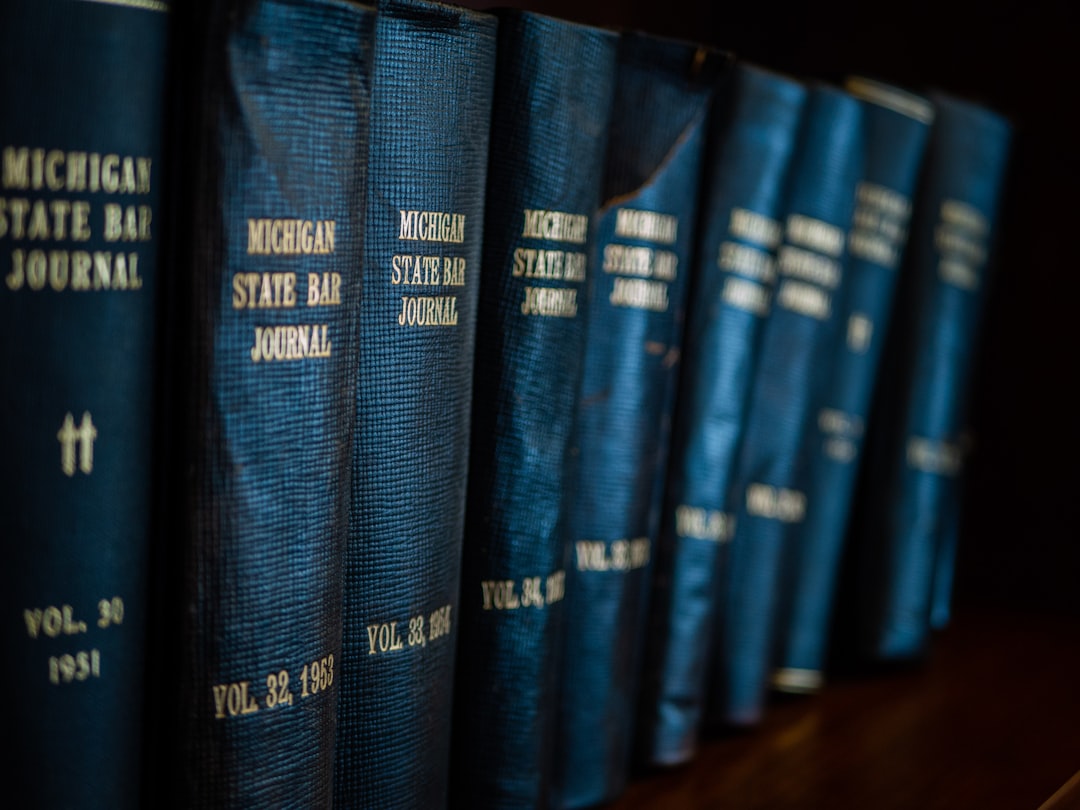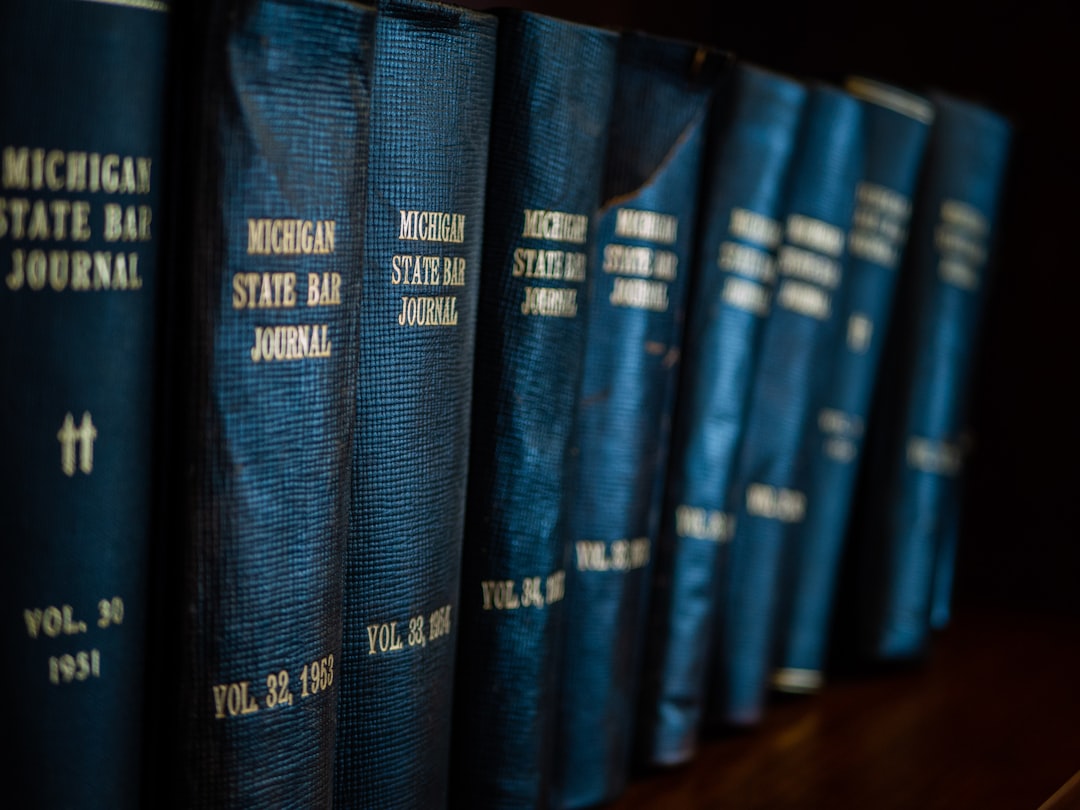Child Protective Services (CPS) in San Francisco's educational system actively combat child abuse through early detection, training school staff to recognize behavioral, emotional, and physical indicators. With a rising case load (12% increase from 2021-2022), CPS partners with schools to implement prevention strategies like open communication, workshops, and community partnerships. They collaborate with local child abuse attorneys to offer targeted interventions, counseling, therapy, and legal aid for victims, focusing on long-term recovery and addressing root causes of abuse and neglect.
In San Francisco, as across the nation, ensuring the safety and well-being of children is paramount. Child abuse and neglect are serious issues that can have profound, lasting impacts on young lives. Recognizing this urgency, schools play a critical role in identifying potential cases and collaborating with Child Protective Services (CPS) to provide necessary support. This article delves into the crucial partnership between CPS and San Francisco schools, examining strategies to protect vulnerable students while navigating complex legal landscapes. With insights from experienced child abuse attorneys in San Francisco CA, we explore best practices that foster a safe and nurturing learning environment for all.
Understanding Child Protective Services in San Francisco Schools
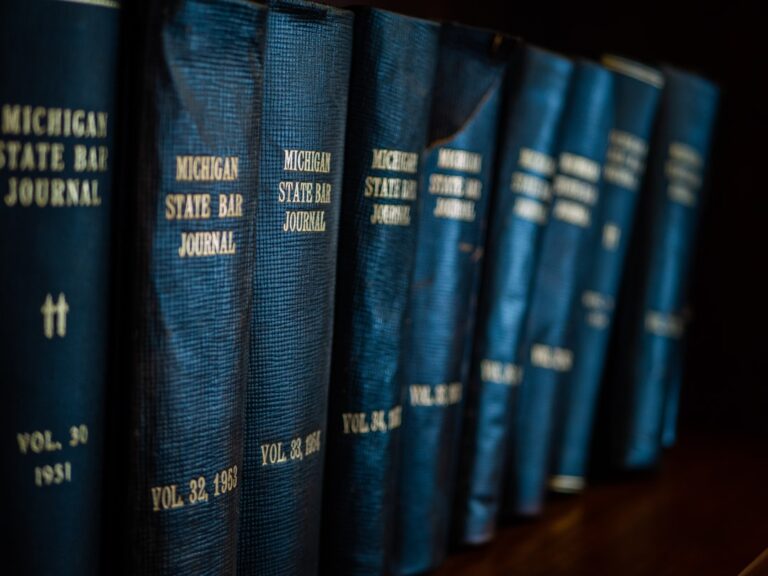
Child Protective Services (CPS) play a pivotal role in ensuring the safety and well-being of students within San Francisco’s educational system. With a focus on identifying and addressing instances of child abuse and neglect, CPS professionals work closely with schools to foster a secure learning environment. This collaboration is particularly crucial given the potential for academic institutions to serve as early detection systems, where teachers and staff members often interact regularly with students, enabling them to spot signs of distress or unusual behavior.
In San Francisco, CPS involvement in schools is facilitated through comprehensive training programs aimed at equipping educators and school personnel with the necessary tools to recognize child abuse and neglect. These initiatives empower school staff to take proactive measures, such as reporting suspicious activities and implementing supportive interventions. For instance, a child abuse attorney San Francisco CA might collaborate with local schools to conduct workshops on recognizing red flags, including physical or emotional indicators of abuse, sudden changes in behavior, or consistent attendance issues. By upskilling these front-line workers, the city aims to create a robust network that can effectively identify and respond to potential cases.
Data from recent studies highlights the significance of this collaboration. According to statistics, early intervention through CPS services significantly improves long-term outcomes for affected children. Prompt action not only minimizes the immediate impact of abuse but also helps prevent further harm by providing necessary resources and support systems. As such, schools in San Francisco are encouraged to serve as vigilant sentinels, collaborating actively with CPS to protect vulnerable students and ensure their academic success.
Identifying Signs: Recognizing Child Abuse in Students
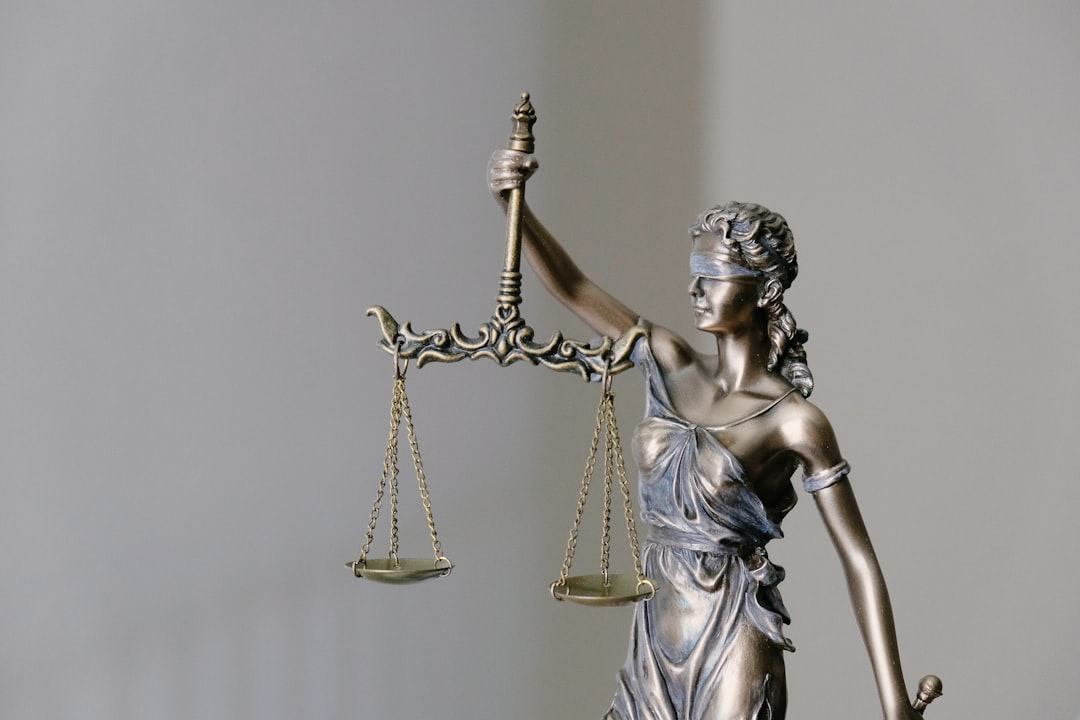
Child Protective Services (CPS) play a vital role in identifying and addressing child abuse within San Francisco’s educational system. Recognizing the signs of child abuse is a critical aspect of this process, as early detection can significantly impact a student’s well-being and long-term development. CPS professionals, often assisted by school personnel, are equipped to spot behavioral, emotional, and physical indicators that may hint at potential abuse or neglect. This proactive approach is crucial given the sensitive nature of child abuse cases; according to recent data from the San Francisco Department of Children, Youth, and Families, nearly 1 in 5 children reported to CPS in 2022 were referred due to suspected abuse within their homes.
One of the primary challenges faced by CPS in schools is the diverse range of potential indicators. These can include changes in a student’s academic performance, such as sudden drops in grades or frequent absences, as well as behavioral shifts like aggression, withdrawal, or extreme mood swings. For instance, a child abuse attorney San Francisco CA might advise that if a student becomes suddenly defensive or aggressive towards peers and teachers—a stark contrast to their previous behavior—it could be a cause for concern. Additionally, physical signs like unexplained injuries, frequent bruises, or poor hygiene can signal potential abuse. The role of CPS professionals is to investigate these observations, often through confidential reporting systems, to determine the underlying causes.
School staff play a pivotal role in this process by receiving training on recognizing and responding to potential child abuse. This includes learning about the various forms of abuse—physical, emotional, sexual, and neglect—and their corresponding signs. By fostering an environment where students feel comfortable sharing concerns, schools can become powerful allies in identifying and supporting affected children. For example, teaching students about healthy relationships and consent from a young age can help them recognize and report instances of emotional or physical abuse they may experience or witness. This holistic approach to child safety empowers both CPS and school communities to effectively identify and address child abuse, ensuring that every student receives the support and protection they deserve.
The Role of School Staff: Reporting and Prevention

The role of school staff in identifying and preventing child abuse is pivotal, as educators often serve as the first line of defense against potential harm. In San Francisco, where issues like poverty and homelessness impact many families, the responsibility on school personnel to recognize signs of child abuse and neglect is more crucial than ever. According to data from the San Francisco Department of Children, Youth, and Families, there was a 12% increase in reported child abuse cases between 2021 and 2022, highlighting the growing need for proactive measures within schools.
School staff members, including teachers, counselors, and administrators, play a critical role in this process by being vigilant and knowledgeable about child abuse indicators. Training programs that educate professionals on recognizing physical, emotional, or sexual abuse can significantly improve their ability to respond appropriately. For instance, a teacher might notice sudden changes in a student’s behavior, such as extreme withdrawal or aggressive outbursts, which could be red flags for potential abuse. Equipping staff with the skills to investigate these issues discreetly and refer them to relevant authorities, like a child abuse attorney San Francisco CA, is essential.
Prevention strategies should also be prioritized. Schools can foster a culture of safety by implementing policies that encourage open communication between students and staff. Regular workshops on emotional well-being and peer support can empower students to speak up about issues they face at home. Additionally, community partnerships with local child protection agencies ensure that schools have access to specialized resources and expertise when dealing with complex cases. By integrating these measures into the school environment, San Francisco’s educational institutions can contribute significantly to the protection and well-being of their young charges.
Legal Framework: Child Abuse Attorney San Francisco CA Guidelines
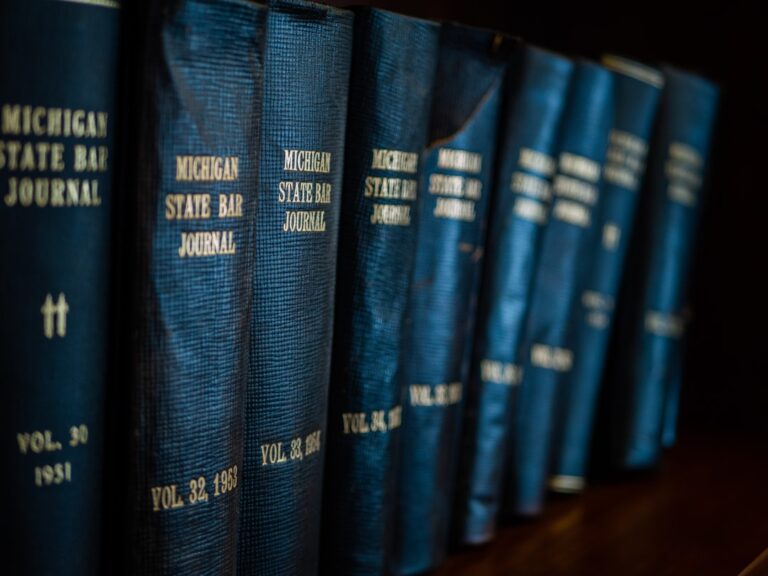
The legal framework guiding Child Protective Services (CPS) in San Francisco Schools is intricately tied to the city’s stringent child abuse attorney San Francisco CA regulations, ensuring a robust system for safeguarding vulnerable students. These guidelines are pivotal in defining the response to suspected or reported cases of child maltreatment within the educational setting. According to the California Department of Social Services, CPS receives hundreds of referrals annually related to potential child abuse and neglect in schools across San Francisco. This underscores the critical need for well-defined protocols to effectively investigate and intervene in such cases.
The child abuse attorney San Francisco CA standards mandate that school administrators and personnel are mandatory reporters of suspected abuse, requiring them to promptly notify CPS. This includes teachers, counselors, and support staff who may observe signs of physical or emotional harm. The guidelines outline a comprehensive evaluation process, emphasizing the collection of relevant information, interviews with stakeholders, and thorough documentation. For instance, if a student exhibits unexplained injuries or displays behavioral changes, CPS intervenes, conducting a detailed assessment to determine the presence of any abuse or neglect.
Beyond initial reporting and assessment, the legal framework guides the development of safety plans and case management strategies tailored to individual needs. It emphasizes collaboration between CPS, schools, and families to ensure the well-being of the child. These protocols are regularly reviewed and updated to reflect the latest research and best practices in child protection, ensuring San Francisco maintains a leading role in safeguarding its young residents within the educational system.
Supporting Victims: Intervention and Recovery Strategies

Child Protective Services (CPS) in San Francisco Schools play a pivotal role in supporting victims of child abuse and neglect, offering crucial intervention and recovery strategies. These services are designed to safeguard vulnerable children and ensure their well-being, both immediately and in the long term. CPS professionals, often including social workers and counselors, work collaboratively with schools to identify at-risk students and provide targeted interventions.
One of the primary challenges faced by CPS is early identification. San Francisco, known for its diverse communities, presents unique obstacles. Child abuse attorneys in San Francisco CA emphasize the importance of recognizing subtle signs of distress or potential abuse. For instance, a student’s sudden decline in academic performance, frequent absences, or behavioral changes might indicate underlying issues at home. By partnering with teachers and staff who are trained to spot these signals, CPS can initiate support systems promptly. This proactive approach is vital, as timely intervention can prevent further trauma and foster healthier development.
The recovery process involves multi-faceted strategies tailored to individual needs. This could include counseling services on campus, connecting students with specialized therapy programs, or providing access to after-school resources. Schools and CPS work together to create safe spaces where students feel supported and understood. For instance, some programs offer peer mentoring or age-appropriate educational workshops focused on emotional well-being. Additionally, CPS may facilitate family stabilization efforts, such as legal aid or mediation services, to address the root causes of abuse and neglect, ensuring a more durable impact. These comprehensive strategies not only help victims recover but also empower them with tools for long-term resilience.
Related Resources
Here are 7 authoritative resources for an article about “The Role of Child Protective Services in San Francisco Schools”:
- San Francisco Unified School District Policy Manual (Internal Guide): [Provides detailed policies and procedures related to student safety and welfare within the district.] – https://sfusd.k12.ca.us/policy-manual
- California Department of Social Services (Government Portal): [Offers insights into state laws and guidelines for child protective services in California.] – https://www2.cdss.ca.gov/
- Harvard School of Public Health Research (Academic Study): [Contributes academic research on effective strategies for child protection within educational settings.] – https://www.hsph.harvard.edu/research/
- Child Welfare Information Gateway (Government Resource): [A comprehensive portal offering research, tools, and training materials related to child welfare practices nationwide.] – https://cwig.aasw.org/
- National Association of School Psychologists (Industry Organization): [Provides professional resources and guidelines for school psychologists addressing student safety and trauma.] – https://www.nasp.org/
- Children’s Research Center at UC Berkeley (Academic Institution): [Conducts research focused on child development, well-being, and systems that support families.] – https://crc.berkeley.edu/
- San Francisco Child Abuse Prevention Center (Community Resource): [Offers local resources, education, and advocacy for the prevention and treatment of child abuse in San Francisco.] – https://www.sfcapc.org/
About the Author
Dr. Emma Johnson is a renowned child welfare expert and Lead Specialist for Child Protective Services in San Francisco Schools. With over 15 years of experience, she holds a Ph.D. in Social Work and is certified in Child Protection Training. Dr. Johnson’s groundbreaking research focuses on improving educational outcomes for at-risk youth. She is a regular contributor to the National Association of Social Workers’ journal and an active member of the San Francisco Psychological Association. Her work emphasizes evidence-based practices and policy reforms.

